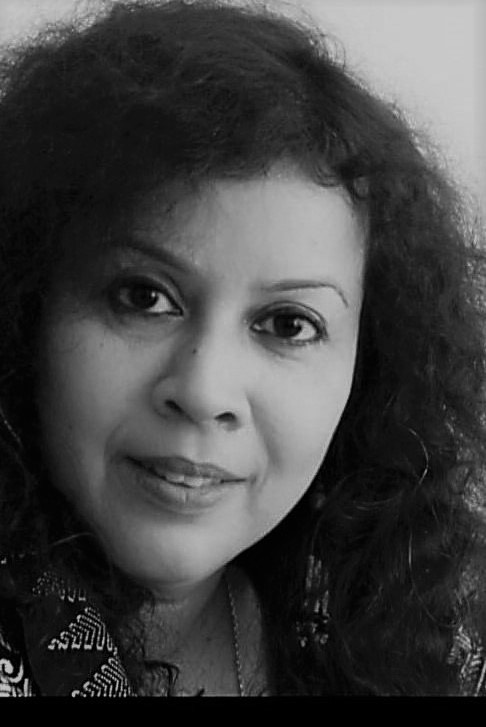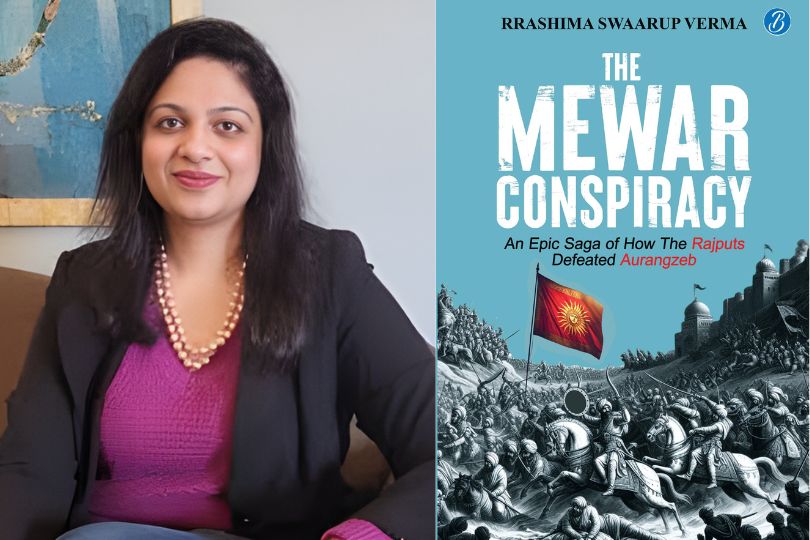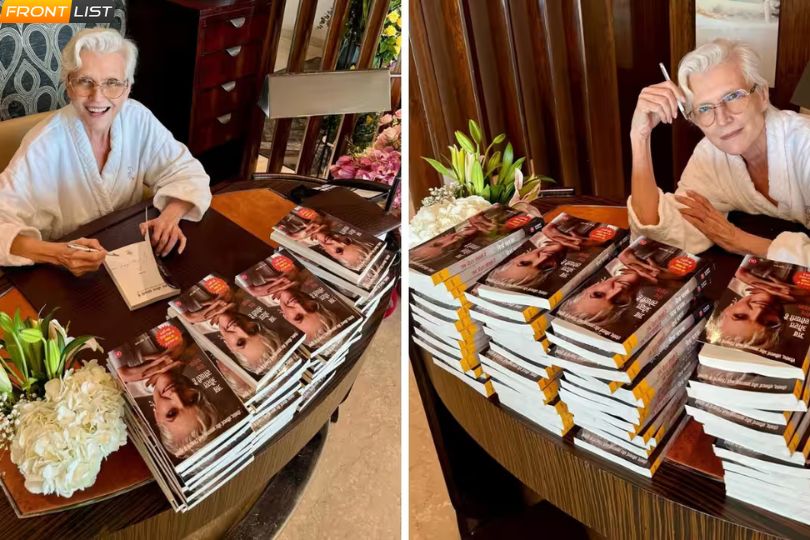Interview with Dr. Moushumi Kandali on her book ‘The Black Magic Women’
on Apr 23, 2022

Dr. Moushumi Kandali is a bilingual short story writer, art historian, and translator. Her stories have been published in several national and international literary magazines and edited anthologies such as 'Oxford anthology of North East Writing', 'Penguin anthology of fifteen classic Assamese short stories', 'The Greatest Assamese Stories Ever Told' published by Aleph Book Company and many others. She has received several prestigious awards for her creative writing. Her stories have been translated into German, Korean, Spanish, and others along with several Indian Languages. She has published four collections of short stories, three research books on visual Culture & Art, and two books of translation so far. Her doctoral thesis had been a pioneering attempt at mapping and documenting the entire modernist discourse of Visual Art of North East India. She has been regularly publishing several international and national research journals about contemporary visual and literary cultures of India. . Before joining the current position in the department of Cultural Studies in Tezpur Central University, she had taught in the School of Culture and Creative Expressions at Ambedkar University of Delhi for several years.
1. What are the main issues of gender inequality faced by women from Assam, Tripura, and Sikkim?
It is not only about the women from the four states mentioned here, it’s for all the eight states from the north-eastern region of India. Now the question is in which context are we talking about this issue of gender inequality ? Are we talking about it within their region or within the larger context of the pan-Indian scenario ? Within the region too there are issues related to gender inequality. We should remember that the North East is not a homogenous region but a region with diversity, heterogeneity and different location-specific ground realities. The situation in Meghalaya might be different from the ground realities of Assam or Tripura. But there are discriminations at multiple levels within the patriarchal system everywhere, be it within or outside. Now, when it comes to the larger context, many women from these states are perceived in different ways by certain sections in other parts of the country because of their different physiognomy or look or maybe because of seemingly unconventional ways of living, which is considered non- normative from a different perspective.
2. The chapters in the book are quite anomalous. Please share your objectives behind choosing the same.
One can call it ‘anomalous’ because it is Not a Novel, but a collection of ten different short stories with different themes and subjects. Collections of short stories can be anomalous or might look anomalous at the first glance. However, if you delve deep, you will see that there is a common connecting thread, a thread that binds the characters. Hailing from the North–Eastern part of India, the Characters from most of these stories meet the multifarious facets of humanity within a setting in the ‘mainstream’ Indian metropolis where they struggle to cope up with their circumstantial challenges while chasing their dreams. They are mostly from the lower or middle strata of society with roots in diverse indigenous culture groups and ‘different’ looks from North East India! Finally it is about their lived experiences and marginalized existence, about suffering and survival at once.
3. What do you think is the main root cause behind the discrimination faced by them?
I think I have already replied to this question. It is all about the process of Othering by a certain section in the mainstream. It is related to a particular kind of perception and subsequent stereotyping.
However, I am not generalizing here, not at all . I will not fall into the same trap and take part in the same process of Othering which I am trying to question through my stories. For me there is no Other, there should not be.
4. What is the current status of Assamese women in Indian politics?
If you are speaking about participation in active electoral or party politics , then statistics might point to the lower side of the pyramid. However, if you are talking about political awareness and informed understanding about political dynamics , the women of Assam are very much engaged in politics . There had been active participation of women in politics since the Freedom Movement. We had a young woman martyr Swahid Kanaklata Baruah who led the procession in one of those protest movements during that time. In the pre-colonial history too there are references to women warriors like Mula Gabhoru who fought against the Mughal ! Overall, we can say that women do play an active role in this regard.
5. What are the top 5 factors behind stereotypes for women from the North-East? Kindly elaborate on why these factors even exist and if you have some concrete solutions to offer?
See I am not a social scientist who has done academic research on this particular area to give five or ten top ten factors behind such stereotyping or offer ‘Concrete’ solutions in this regard. I am a writer who has woven some narratives based on observations and some empirical lived experiences of people I met at different points of time !
At the most I can say that there should be more awareness and knowledge about the people from your own country, because they are also your own people , who might look slightly different or who live differently when it comes to cultural manifestations or different geo-social expressions. From the point of view of the National curriculum, there should be more texts about this part of the country, their tradition, history or culture. The popular media should try to be more inclusive when it comes to dynamics of representation .For instance, when you have popular mainstream narrations in different media such as cinema, plays or mass media forms such as advertisements, why can’t we have a few more representations or faces from these states ? Acquaintance begins with visibility which will eventually lead to acceptance.



.jpg)






.jpg)

.jpg)

.jpg)

.jpg)
.jpg)










Sorry! No comment found for this post.